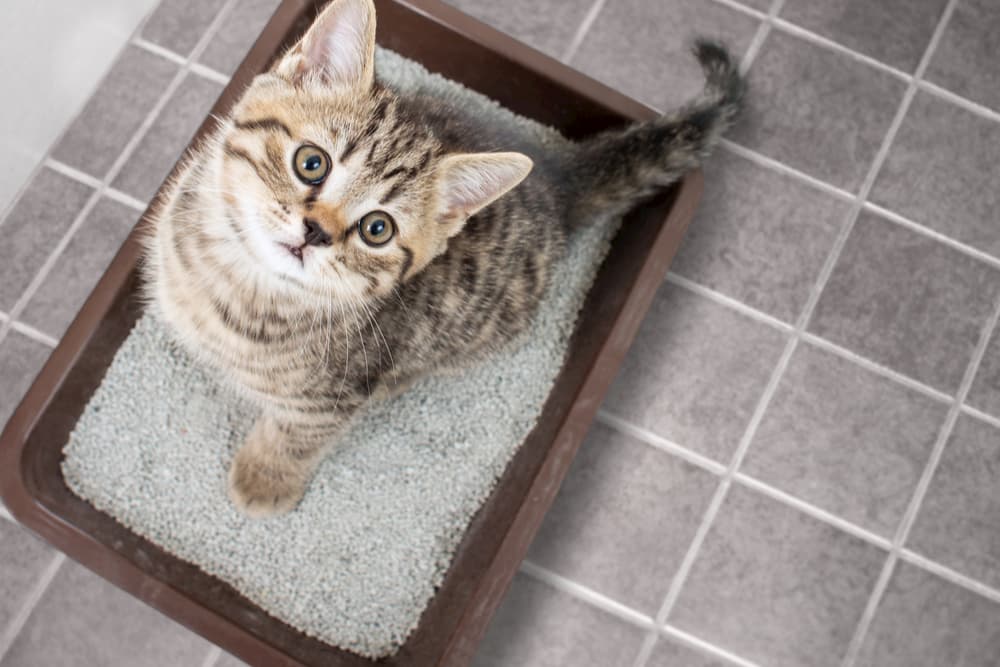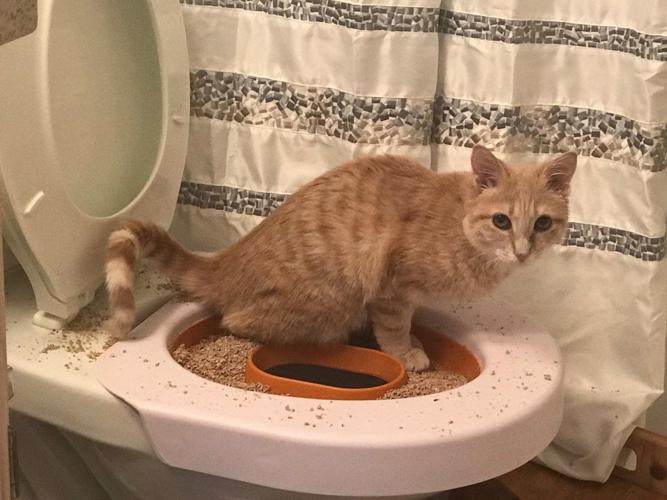Discovering the Risks of Flushing Animal Waste Down the Toilet
Discovering the Risks of Flushing Animal Waste Down the Toilet
Blog Article
Just how do you really feel in relation to Why you should never flush dog poop down the toilet?

When it comes to disposing of waste, specifically animal waste, many individuals commonly resort to the convenient alternative of flushing it down the toilet. However, this relatively very easy remedy can have serious consequences for the environment and public health. In this short article, we'll check out why flushing animal waste down the commode is a bad idea and offer different techniques for appropriate disposal.
Intro
Proper waste disposal is crucial for keeping ecological sustainability and public health. While it might appear safe to purge animal waste down the commode, it can bring about various concerns, both for the setting and human wellness.
Threats of flushing pet waste
Environmental influence
Flushing animal waste introduces harmful microorganisms and microorganisms into waterways, which can negatively impact water communities. These pathogens can contaminate water sources and damage marine life, disrupting delicate environments.
Public health concerns
Pet waste has hazardous germs such as E. coli and Salmonella, which can present major health and wellness dangers to human beings. Flushing pet waste down the commode can infect water materials, causing the spread of illness and infections.
Alternatives to flushing
Instead of purging animal waste down the commode, there are a number of different disposal approaches that are much more eco-friendly and hygienic.
Composting
Composting animal waste is an eco-friendly means to deal with it. By composting, organic matter is broken down right into nutrient-rich soil, which can be used to feed yards and plants.
Land fill disposal
Getting rid of animal waste in a land fill is another option. While not as environmentally friendly as composting, it is a much safer option to flushing, as it stops the contamination of water sources.
Pet waste disposal systems
There are specialized pet garbage disposal systems offered that securely and hygienically dispose of pet waste. These systems commonly utilize enzymes to break down waste and get rid of smells.
Steps to correct pet waste disposal
To guarantee correct disposal of pet waste, comply with these actions:
Scooping and bagging waste
Frequently scoop and bag pet waste making use of naturally degradable bags. This avoids waste from polluting the setting.
Using assigned waste bins
Dispose of bagged animal waste in assigned waste bins, such as garden compost containers or land fill bins. Prevent flushing it down the bathroom in any way expenses.
Cleaning up litter boxes and pet locations routinely
On a regular basis clean can and pet dog areas to stop the accumulation of waste and microorganisms. Use pet-safe cleansing items to preserve hygiene.
Benefits of proper disposal approaches
Taking on correct disposal methods for animal waste offers a number of benefits:
Minimized environmental pollution
Correct disposal techniques minimize the risk of environmental pollution, shielding waterways and communities from contamination
Decreased risk of water contamination.
By staying clear of flushing pet waste down the commode, the threat of water contamination is substantially reduced, safeguarding public health.
Improved sanitation and hygiene
Proper disposal methods advertise much better cleanliness and health, creating a more secure setting for both people and pets.
Final thought
In conclusion, flushing animal waste down the commode is dangerous to the atmosphere and public health. By adopting alternate disposal methods and adhering to proper waste administration practices, we can lessen the negative effect of pet waste and contribute to a cleaner, healthier world.
What To Do With Dog Poo – The Do's And Don'ts Of Disposing Of Faeces
Dog poo bins
Some councils provide dedicated dog waste bins in popular dog-walking areas that can take dog poo that has been bagged but you can legally dispose of dog waste in any public litter bin, as long as it is securely bagged. This also applies to your wheelie bin at home.
Do not flush
Water companies do not recommend flushing dog faeces down the toilet because certain parasites can survive the water processing treatment and are potentially harmful to humans. You should also never consider flushing dog poo that has been bagged down the toilet as the bags will not break down and instead create severe blockages in the sewage system.
In the woods
The Forestry Commission promotes a ‘stick and flick’ method for dealing with waste in the woods. This means finding a stick and using it to flick any poo from off the path so that it is out of the way of other walkers. You could also bury it as long as it is not in an area where there might be livestock.
Livestock
Parasites found in dog poo can be transmitted to livestock if they inadvertently eat infected faeces that has been left on grazing land. This could result in the death of sheep or abortion in cattle so you should always make sure you pick up your dog’s waste in fields where livestock could be present.

On a regular basis clean can and pet dog areas to stop the accumulation of waste and microorganisms. Use pet-safe cleansing items to preserve hygiene.
Benefits of proper disposal approaches
Taking on correct disposal methods for animal waste offers a number of benefits:
Minimized environmental pollution
Correct disposal techniques minimize the risk of environmental pollution, shielding waterways and communities from contamination
Decreased risk of water contamination.
By staying clear of flushing pet waste down the commode, the threat of water contamination is substantially reduced, safeguarding public health.
Improved sanitation and hygiene
Proper disposal methods advertise much better cleanliness and health, creating a more secure setting for both people and pets.
Final thought
In conclusion, flushing animal waste down the commode is dangerous to the atmosphere and public health. By adopting alternate disposal methods and adhering to proper waste administration practices, we can lessen the negative effect of pet waste and contribute to a cleaner, healthier world.
What To Do With Dog Poo – The Do's And Don'ts Of Disposing Of Faeces
Dog poo bins
Some councils provide dedicated dog waste bins in popular dog-walking areas that can take dog poo that has been bagged but you can legally dispose of dog waste in any public litter bin, as long as it is securely bagged. This also applies to your wheelie bin at home.
Do not flush
Water companies do not recommend flushing dog faeces down the toilet because certain parasites can survive the water processing treatment and are potentially harmful to humans. You should also never consider flushing dog poo that has been bagged down the toilet as the bags will not break down and instead create severe blockages in the sewage system.
In the woods
The Forestry Commission promotes a ‘stick and flick’ method for dealing with waste in the woods. This means finding a stick and using it to flick any poo from off the path so that it is out of the way of other walkers. You could also bury it as long as it is not in an area where there might be livestock.
Livestock
Parasites found in dog poo can be transmitted to livestock if they inadvertently eat infected faeces that has been left on grazing land. This could result in the death of sheep or abortion in cattle so you should always make sure you pick up your dog’s waste in fields where livestock could be present.

As a reader on Why you should never flush dog poop down the toilet, I was thinking sharing that piece was sensible. Make sure you take the opportunity to promote this page if you enjoyed it. Thanks a lot for your time. Please come by our site back soon.
Browse Website Report this page